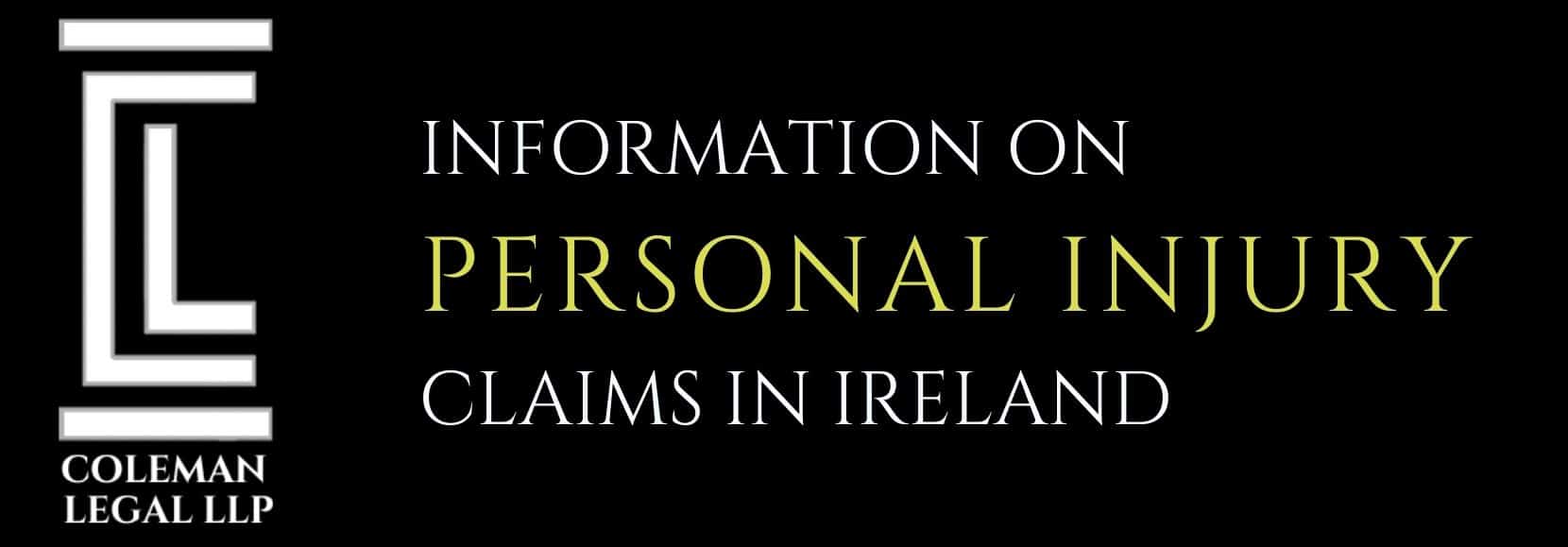Increased Rate of Brachial Plexus Injuries in Ireland
In early 2011, the School or Medicine and Medical Science at University College Hospital in Dublin produced a report comparing the incidence of neonatal brachial plexus injury in the mid-1990s with a five year period between 2004 and 2008. Although representative of just one Dublin hospital, and not the whole of Ireland, the report revealed an increased rate of neonatal brachial plexus injury in the latter period, even though more women were giving birth to their children by Caesarean Section.
A specialist brachial plexus injury solicitor would regard these figures with interest, for despite the Health Service Executive (HSE) allocating greater resources to the training of how to manage shoulder dystocia – the medical emergency most commonly responsible for brachial plexus injury in Ireland – there has been no improvement in the number of babies sustaining a brachial plexus injury. This would imply that either there is something physically wrong with the baby prior to delivery (which should have been identified on a prenatal scan and the delivery performed by C-section) or there is a greater incidence of medical negligence occurring in Irish hospitals.
The Consequences of Brachial Plexus Injury
The brachial plexus is a delicate network of nerves connecting the brain to the shoulder and the most common injury sustained after a shoulder dystocia event has occurred is a “neuropraxia” brachial plexus injury – where the nerves within the network are stretched but not torn. These types of injuries usually heal themselves within the first couple of months, but it is still an emotionally distressing time for parents – praying that their child will make a full recovery.
Even when the nerves are torn, doctors prefer not to perform any immediate surgery to repair a brachial plexus injury – waiting to see if the nerves manage to repair themselves. Again, this happens quite often but, where a brachial plexus injury remains, the child can lose the full or partial use of their fingers, hand or arm. This is because the signals sent from the brain do not reach the affected part of the limb, and conversely the affected limb cannot “talk” to the brain – effectively meaning that the brain is unable to receive sensory communications of heat, cold and pain.
Making a Brachial Plexus Injury Claim
Once a doctor has diagnosed that a brachial plexus injury is present and likely to be permanent, you should speak with a brachial plexus injury solicitor at the earliest possible opportunity. Although there are instances where a brachial plexus injury was unavoidable during the birth process, the HSE has introduced procedures to identify which babies in the womb have a greater risk of shoulder dystocia and how to manage their birth. The fact that an injury has still occurred would imply that there was an element of medical negligence during the birth.
A brachial plexus injury solicitor will make a full investigation into the circumstances surrounding the injury and advise you whether there is a brachial plexus injury claim which is worth your while to pursue. Many mothers often feel that engaging a brachial plexus injury solicitor is an acknowledgement that their child will never recover from their injury, but the funds you receive from a successful brachial plexus injury claim will cover the cost of physical therapy and, if possible, corrective surgery – potentially enabling your child to live a fully active life.
Brachial Plexus Injuries Can Happen to Adults Too
Adults can also suffer brachial plexus injuries in accidents when a severe physical trauma or excessive pressure has been applied to the chest and shoulder area. Most frequently, a brachial plexus injury would happen to an adult when they have broken their clavicle (collar bone) in a road traffic accident or a fall from height. Treatment for an adult brachial plexus injury is usually rest followed by physical therapy, but when the nerves have been torn apart (a brachial plexus rupture), surgical reconnection of the nerves is required to ensure a full recovery.
When a third party has been negligent and caused the brachial plexus injury, you are entitled to claim for compensation for personal injury. It is still in your best interests to use the services of a specialist brachial plexus injury solicitor who will understand the full significance of your injury and prepare the strongest possible claim on your behalf. Unlike neonatal brachial plexus injuries, claims for adult injuries are resolved via the Injuries Board process – however, similar to birth injury claims, you need to be cautious of any approach from the negligent party’s insurance company.
Free Brachial Plexus Injury Claim Advice
Once a negligent party has admitted their responsibility for your injury or for that of your child, their insurance company – whether medical insurance, car insurance or public liability insurance – may contact you with an offer of early settlement. These offers, although welcome at a time when you may be worried about how you are going to cope financially, are often inadequate to your needs and it is always in your best interests to discuss your claim with a specialist brachial plexus injury solicitor.
Individual situations can influence how much compensation you receive for a brachial plexus injury compensation claim, and this is why you are invited to contact our solicitors via the form below to have a personal consultation with a brachial plexus injury solicitor. Our solicitor will answer any questions you may have about making a brachial plexus injury claim and provide you with some impartial and practical advice.
Our legal advice service is entirely free and there is no obligation on you to proceed with a claim once you have spoken with our brachial plexus injury solicitor. We feel that if you know what options are available to you, it will be easier to make a decision based on the facts, rather than being influenced by well-meaning family and friends, medical staff or insurance companies.
